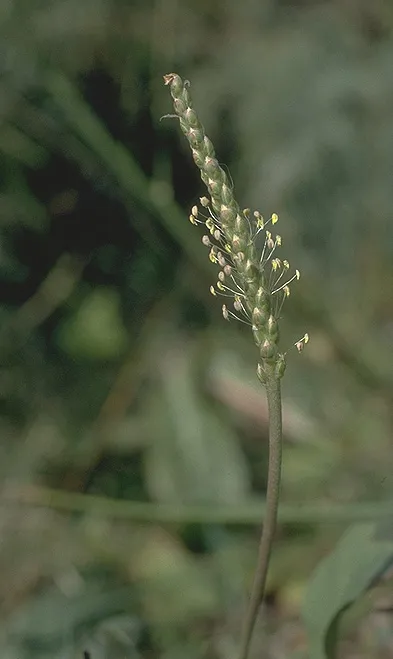French Psyllium, Sand Plantain
Plantago arenaria
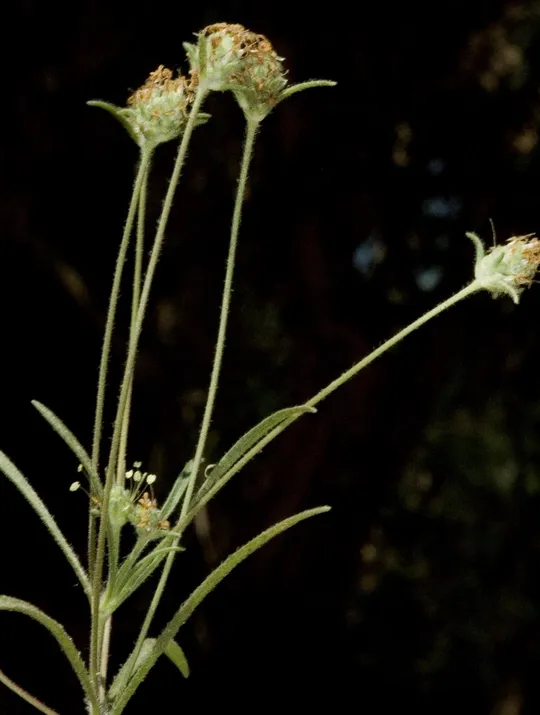
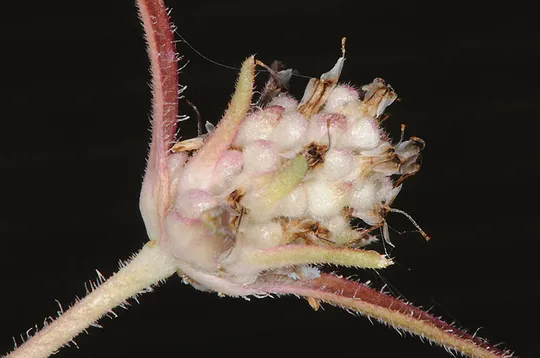
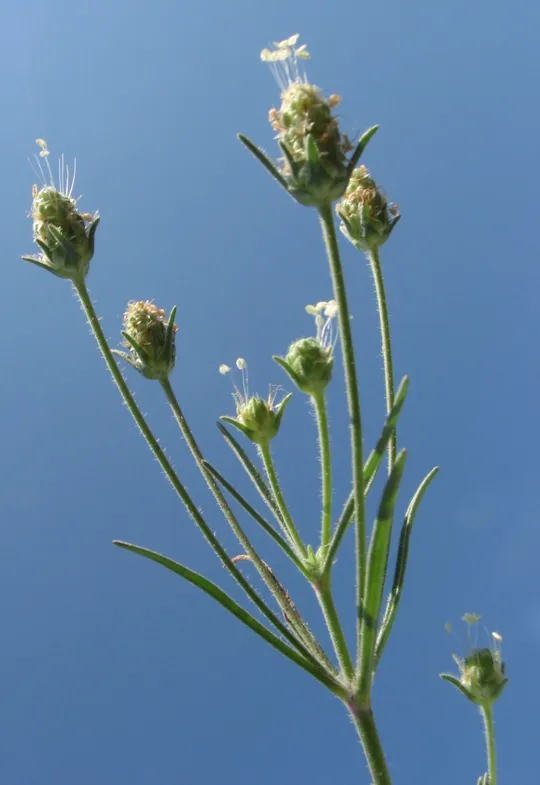
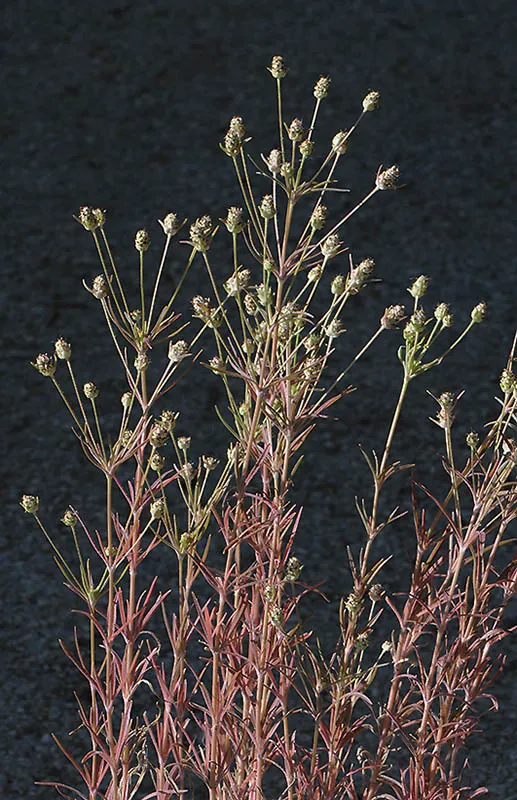
Plantago scabra
grows in only one region, in the Acre Valley, where it was recently observed at
two sites: sand expanses near the En HaMifrats intersection south of the Na'aman
Bridge (Rotem excursion, 2008, Yehuda Marta, 2009) and in Kiryat Bialik (Shir
Vered, 2008). It has disappeared from Kfar Masarik, where it was collected by
Zohary in 1946. In the Flora Palaestina and in Danin (Danin, 2004) its
appearance is noted as accidental, but it can be assumed to a large degree of
certainty that its existence in Israel is permanent because the populations in
the Na'aman-En HaMifrats area appear regularly from the 1950s (collection of
Zohary and Orshan from 1958) too this day. It is also possible that due to
inaccuracies regarding location names, all the observations refer to the same
population.
Sandy
soil.
The genus
Plantago includes approximately 250 species found throughout the world;
most are herbaceous and the minority are shrubs. The seed of many of the
species are covered in a thick mucilaginous layer that swells when wet. In
other species such as P.afra this mucus is known as a laxative and is
used for bowel regulation. The seeds of P. ovata are considered as a
remedy against dysentery. The name Psyllium is used for the various Plantago
species with a mucilaginous seed layer that are used medicinally, some of which
are grown commercially.
In Israel, there
are 22 Plantago species growing wild, all herbaceous perennials or
annuals, in diverse habitats.
•
Plantago
scabra is limited to one region, and there is no evidence of its
presence in Israel on sandy soil in other regions.
•
The number of P.
scabra sites is small (two). A previously unknown site was discovered near
Kiryat Bialik.
•
P.
scabra sites are populated by individual plants or small populations.
Perhaps because of its similarity to P. afra there may be many more individuals
that are not correctly identified.
•
The sites where
the species grows are located in sensitive areas that are densely populated and
located near major roads. Earthworks and changes in land use can lead to
extinction of the small populations.
•
P.
scabra is not found within the boundaries of declared nature reserves.
•
The species grows
in many countries and is apparently not globally endangered.
Action should be taken to ensure that the proposed Na'aman
estuary Nature Reserve should be officially declared a reserve and will include
the area near the Na'aman Bridge.
Plantago
scabra grows in all the Mediterranean European countries – Spain,
France, Italy, the former Yugoslav countries, Albania and Greece. It is also
known from Bulgaria and the Crimea. In the Middle East, it grows in Turkey,
Syria and Lebanon. It appears on most Mediterranean islands – Sardinia,
Corsica, Cyprus and Crete. In the African Mediterranean countries, it is known
from Morocco, Libya and Egypt.
Plantago
scabra is a very rare annual herb growing at only two sites on sandy
soil in the Acre Valley. Is not globally endangered, but the threat to the
plant in Israel is high because of the small number of sites, the small
population size and due to the great sensitivity of its habitat to
disturbances.
Current Occupancy Map
| 1000 squre meter pixel | 5000 squre meter pixel | 10000 squre meter pixel | |
|---|---|---|---|
| number of observations | 0 | 0 | 0 |
| in total pixels | 0 | 0 | 0 |
| Family | Plantaginaceae |
| Classification | On the endangered species list |
| Ecosystem | Mediterranean |
| Chorotype | Euro – Siberian – Mediterranean – Irano Turanian |
| Conservation Site | Near Na'aman Bridge |
| Rarity |
1
5
6
|
|---|---|
| Vulnerability |
0
2
4
|
| Attractiveness |
0
0
4
|
| Endemism |
0
0
4
|
| Red number |
1
3.7
10
|
| Peripherality | 0 |
| IUCN category | DD EW EX LC CR EN VU NT |
| Threat Definition according to the red book | Vulnerable |
 Based on:
Based on:
